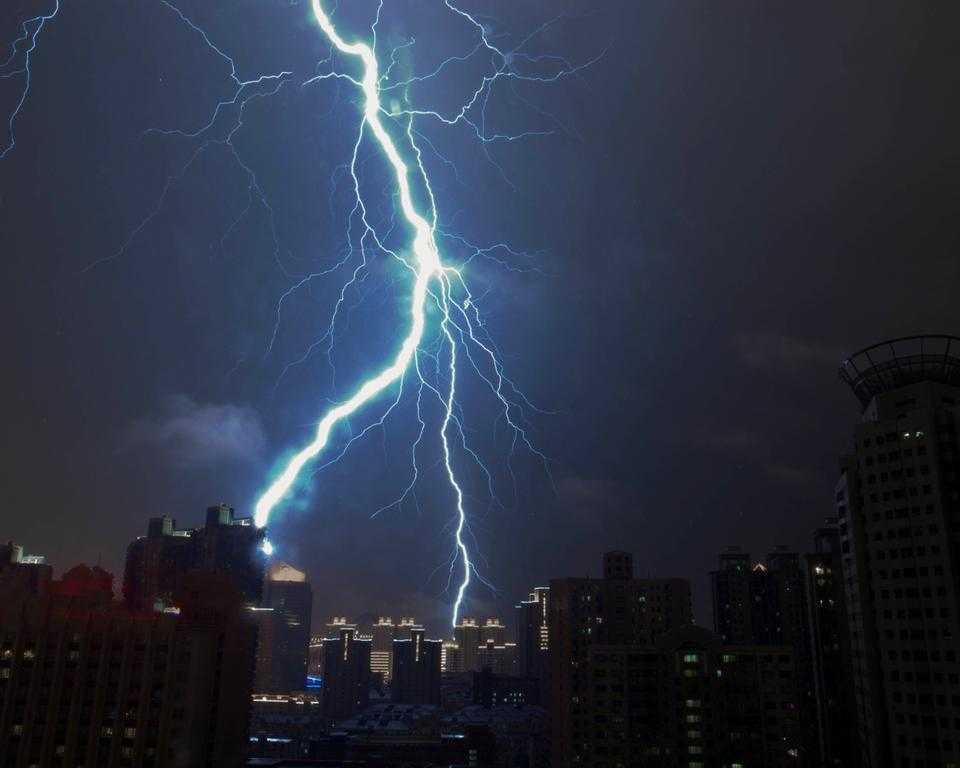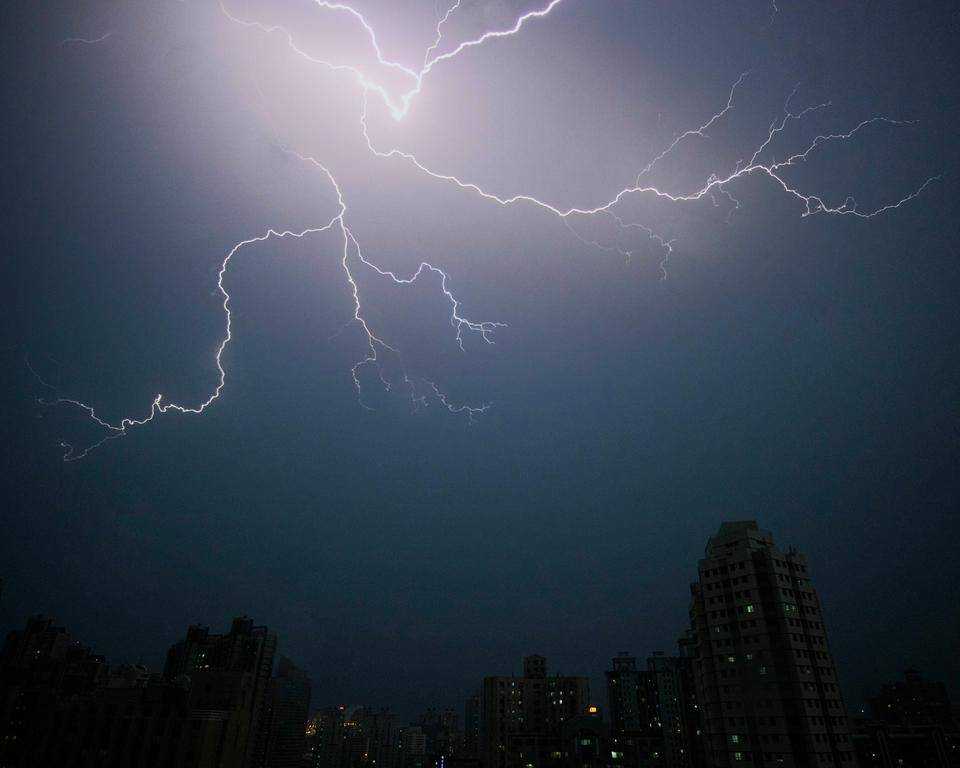Camera Life 6

If you have been following my sporadic posts about Camera Life, you’ll be aware that I’ve been a camera owner (and therefore a hobbyist photographer) for over fifty years. In that time, I have only managed to photograph lightning successfully twice. Each time I used a different technique and each time I succeeded… eventually.
For the first thirty years of my photography hobby I shot with 35mm film. Even trying to photograph lightning would be a very wasteful and costly endeavor. Living in the UK didn’t help, lightning just isn’t that common. Later, when I started traveling and spending more time in the tropics I did see more storms, but I was usually working offshore so trying to photograph lightning could easily have used up my whole trip’s film supply with no hope of replenishment.
It wasn’t until the advent of digital photography in the late twentieth century that photographing lightning became feasible. Even then it took another ten years or so before the right combination of location, climate, and vantage point enabled my first attempt at capturing lightning.

In 2009, we moved to Shanghai. Our apartment, on the twentieth floor, has a good view south towards the Huangpu River. I was using a Ricoh GRDIII camera at this time. The little Ricoh certainly wasn’t the ideal camera for this challenge. However, it did have some redeeming features that made capturing the shot easier, if not predictable. After a few failed attempts trying to time my shutter presses with flashes of lightning, I resorted to automation. The Ricoh had a very flexible manual focusing system for a compact camera so I was able to manually focus on infinity and disable the inevitable hunting for focus that would result from trying to use autofocus. I then configured the built-in interval timer to take one shot every five seconds. I walked away and left it on a table-top tripod shooting. I can’t remember whether the SD card filled up or the battery ran out first. However, by the time it stopped shooting, the storm was over.
On loading several hundred shots into my computer, I had the one keeper and several near misses. I’ve reprocessed the original raw file with my current iPad Pro workflow and I’m pleased to see that it looks even better now than it did ten years ago. Not bad for a ten-megapixel compact.
Technique: Manually focus on infinity, interval shooting at five seconds, hope that you get lucky.
Fast forward to this year, almost exactly ten years after the first image. Of course there have been many thunderstorms in the intervening years, but none seem to have coincided with me being here to shoot, night-time, and being visible from the southern side of our building. I’m now using a Canon EOS-M5 mirrorless camera. The M5 is a much more capable camera, especially when paired with the 11-22mm wide-angle zoom. However, it doesn’t support interval shooting so the lazy option I used before wasn’t available this time (I could have used the Canon EOS app to set this up, but it’s not something I use often so I didn’t want to waste time). Instead, the M5 has a reasonably fast multiple shot burst rate of about nine frames per second.
It seems that there is often a short pre-flash with some lightning bolts. By setting the lens to manual focus on infinity, again, to eliminate autofocus hunting, I was often able to press and hold the shutter when I first saw a flash and then shoot a burst over the next second or two capturing any subsequent forks of lightning. With a bit of practice, this method was more successful than the previous method and resulted in more successful captures.
The image above is a composite of two consecutive images about 100ms apart. The first caught the start of the fork as the bolt of lightning shot down from the top left. The second caught the caught multiple branches seeking an earth point. I stacked these two images in Affinity Photo on my iPad Pro and then finished the processing in Pixelmator Pro.
Technique: Manually focus on infinity, set the camera to burst shooting, and press and hold the shutter down when you think there’s going to be a fork.
Neither of these methods is particularly reliable. You will end up with hundreds of exposures of dark skies or glowing clouds. You will also miss some beauties and capture some boring strikes. Such is life. However, if you persevere you can get results.
